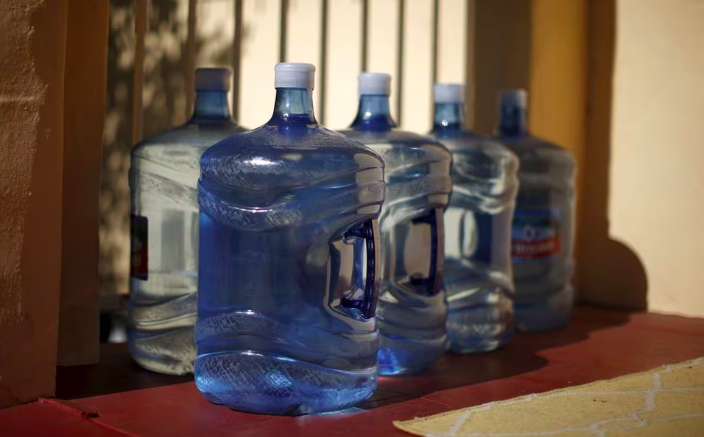Advancement in Wastewater Recycling Approved by California Regulators
California regulators have given the green light for the widespread implementation of advanced filtration and treatment facilities designed to transform sewage waste into pure drinking water. This water can be directly integrated into systems supplying millions of households. Technologies capable of recycling wastewater for human consumption, once criticized as “toilet to tap,” have gained credibility in recent years as California grapples with escalating drought cycles due to climate change.
The State Water Resources Control Board’s recently adopted regulations mark a significant milestone in the effort to reclaim vast amounts of waste discharge flowing unused into the sea. This development, more than a decade in the making, allows for the “direct potable reuse” of treated wastewater, enabling it to be fed directly into drinking water systems without an environmental buffer.
Direct vs. Indirect Potable Reuse
The 69-page document provides the legal and regulatory framework for “direct potable reuse,” allowing the end product of advanced purification to be introduced directly into drinking water systems. Previously, the practice involved blending highly purified wastewater into aquifers and reservoirs before reaching households, known as “indirect potable reuse.” The new regulations mandate additional disinfectant processes and filtration, including ozone disinfection and biological carbon filtration.
The technology involves intense microfiltration, reverse osmosis, disinfection by ultraviolet light, hydrogen peroxide, and the newly mandated processes. Some water may go through a conventional drinking water treatment plant before reaching households, while in other cases, it could go directly to the tap.
Challenges and Costs
While the benefits are evident, the cost is substantial, with investments expected to exceed $1 billion. This limits implementation to large, well-funded water supply utilities. The Metropolitan Water District of Southern California plans to build a $6 billion facility in Carson, aiming to become the nation’s largest water-recycling project. Orange County’s Groundwater Replenishment System, currently the largest, recently increased daily production to 130 million gallons.
The state board’s deputy director, Darrin Polhemus, estimates that it will take at least five years before the first direct potable reuse plant becomes operational. Major cities like Los Angeles, San Diego, and the Santa Clara Valley Water District also plan to adopt direct potable recycling. Texas is the only U.S. state that had previously approved direct potable recycling, and Colorado has limited guidelines for such projects.
Environmental Impact and Future Outlook
Recycling sewage is considered more environmentally friendly than desalination, reducing waste dumped into rivers and oceans and avoiding harm to marine life. The high cost of removing salt from seawater is a drawback for desalination, making wastewater recycling an appealing alternative. Polhemus anticipates that purified recycled water could eventually contribute 10% to 15% of supplies for some coastal communities facing drought conditions.

